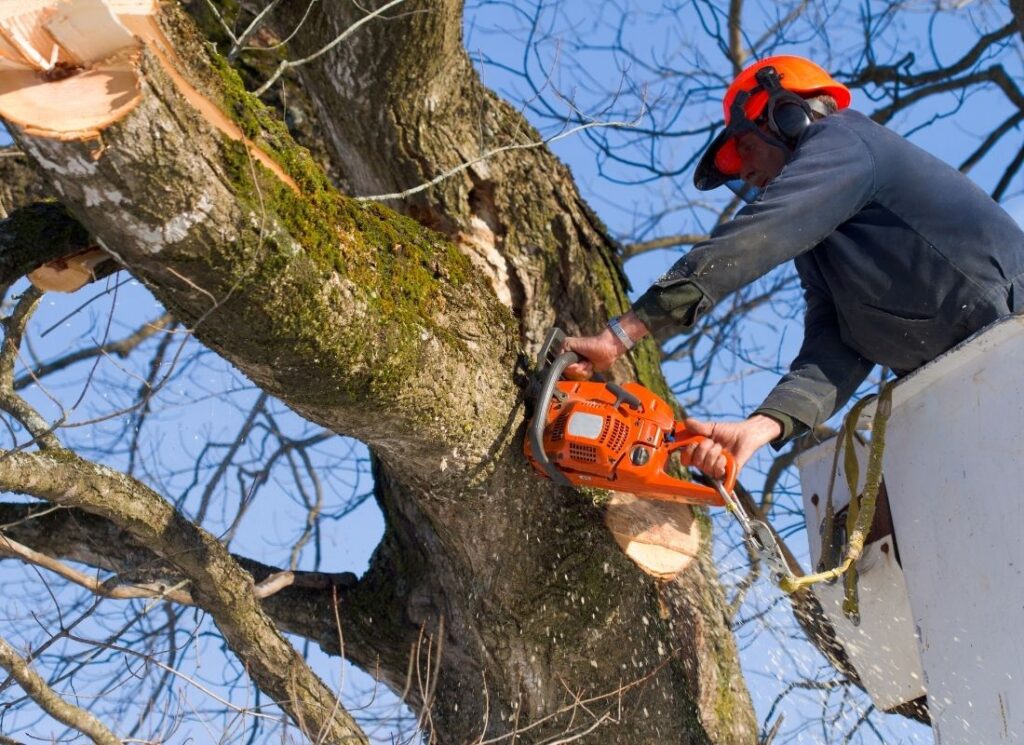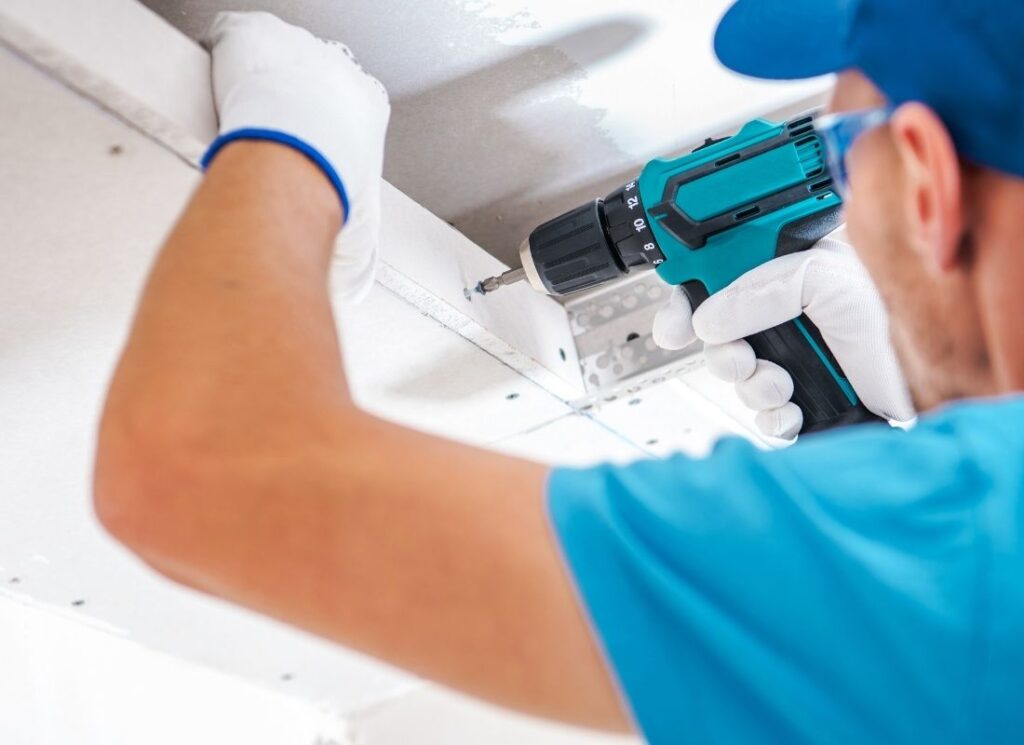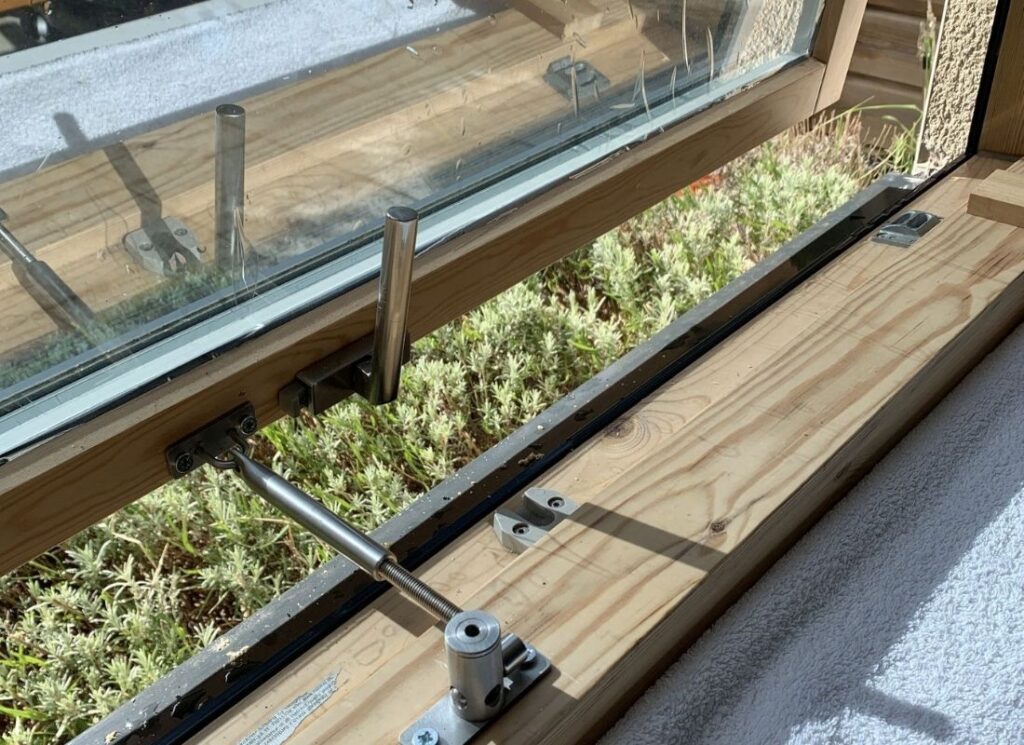Storms and high velocity winds are often unavoidable, and without the proper precautions they can cause major damage for homeowners. Windstorms are a separate category to hurricanes or tornadoes (although some points below may be relevant to these extreme phenomena) and are usually caused by deep low pressure centres, thunderstorms or air flow over mountain ranges. The damage caused to American properties and crops by windstorms can amount to hundreds of millions of dollars per year. If you live in an area with high winds you may be looking for ways to help mitigate its damage causing potential and will want to keep reading.

Outside your home
As with most weather phenomena, it is important to initially focus your efforts on the exterior of your property. While you and your family may be safe inside your house, not securing your yard and ensuring that it is ready for a windstorm can be a major oversight.
Clean up the yard
It is interesting to note that it is often not the wind itself that causes damage, but instead debris that is whipped up in the storm and slammed against your property by the wind. A yard that is full of debris is thus far more likely to suffer from wind damage than one that is neat and properly cleaned.
Place all loose objects indoors
This follows on from the point above, but if you know severe winds are on the way you will want to move anything that isn’t secured or heavy enough inside so that they can’t be affected by the wind. This can refer to anything from pot plants to patio furniture. Placing them safely inside will prevent damage to these items and also stop them damaging the exterior of your home.
Proper tree care
Strong winds can rip branches and boughs off trees, and in extreme cases may even uproot the tree entirely. When this happens the resulting property damage can be extensive. Preventative pruning is the process of identifying branches that could cause problems and ensuring these are pruned to prevent them causing damage during storms. A landscaper or tree surgeon will be able to both evaluate and prune trees if this is beyond your DIY skills.

Assess loose roofing and roof tiles
Inspecting your roof is a very important part of storm safety, but one that is too often neglected by homeowners. Not only will loose roofing or tiles allow the elements into your home (possibly causing further damage) but they can also be a hazard themselves causing damage to a property if they are blown off.
Check the garden shed is secure and locked
High winds can easily damage or topple garden sheds and the resulting clean up can be a long and difficult process, and that doesn’t even take into account the damage that may be caused to things you’ve stored inside. In the case of extreme winds the Federal Emergency Management Agency suggests that garden sheds should be secured with anchors and ties. It is also important to ensure that all the windows and doors of your shed are securely locked as once wind gets inside it can force open other entry points.
Secure and tie down any outdoor objects
If an outdoor object is too large or impractical to be brought inside, but still light enough to be lifted by strong winds it is essential that it is secured with ties to prevent the wind damaging it. Heavy duty straps are a great way to keep boats, large outdoor furniture and sheds secure. If you live in an area that is regularly affected by strong winds you should consider creating a tie down area. This is a space where anchors are set into the ground permanently and if a storm is brewing sensitive items can be moved there and secured.
Check guttering and downpipes are secure
Guttering and downpipes serve an essential purpose during storms by channeling water away from your home and into drainage areas. However, strong winds can damage or loosen these and this in turn can lead to water damaging your property. Your gutters should be regularly inspected and any weaknesses should be reinforced and secured to prevent them from coming loose in severe storms when they are most needed.
Prevent wind damage inside the home
Now that we’ve covered the exterior of your home, let’s look at some of the things you can do to make the inside of the home safer in the case of severe winds. The four areas of the home that are most susceptible to wind damage are the doors, windows, garage and roof, below we look at all these areas and what measures you can take to make them a little safer.
Assess ceiling and beams inside
If wind damages the tiles on your roof, then it will probably cause further damage to the ceiling. It is important to make sure that your ceiling is well maintained and the support beams are structurally sound to make sure that damage isn’t caused if the wind does damage the outer shell of your home.

Make sure all doors are locked and sealed
While most doors can be locked and this will be adequate to keep the wind out, there are exceptions. If you live in an area with severe winds you may want to consider installing storm shutters on certain doors such as sliding glass doors or french doors to prevent glass being broken by flying debris. If you live in an area with strong winds, but need to keep your door open for ventilation or pet access then a LockLatch or PetLatch might be just what you need. These lockable door latches can be fitted onto any type of door in minutes and will prevent any damage from banging or slamming caused by wind.
Make sure all windows are closed and locked
Because windows are mostly made out of glass extra precautions should be taken to ensure that these are secure in the case of storms. Once again if you live in a stormy area you might consider installing a storm shutter as this prevents glass from breaking. However, wind damage doesn’t always mean a storm, strong winds can cause window latches to fail and this can damage and even break the window. If you live in an area with a strong prevailing wind, but still want to keep your window open, you might want to look into a lockable window latch such as LockLatch or MiniLatch. These devices secure your window with a C-304 Stainless steel arm, which means you can keep them slightly open without the risk of a strong wind slamming the window closed and potentially breaking it.

Reinforce your garage door and lock
Garage doors can be reinforced with special wind resistant braces, which allow the garage door to be secured in the case of extreme winds. If a garage door is torn open during a storm it can cause severe damage, so if you live in an area prone to storms then it is prudent to invest in a garage door that is rated to withstand strong winds.
Tips and precautions for extreme weather conditions
If you follow the tips above, then you should be relatively secure in your home, but there is still more you can do to protect yourself and your family in the case of extreme weather conditions. The three points listed below are essential precautions for anyone who may have to weather a storm in the near future.
Replenish your first aid kit
Keep your first aid kit in tip top condition. This means replenishing any items that may be running low and replacing items that have expired. If you don’t have a first aid kit in your home, then now is the time to get one. You can buy ready made first aid kits from most large retailers, and these often provide the essential items you may need, but it is a good idea to supplement these kits with items that may be missing. If you wish to create your own first aid kit then the Mayo Clinic has provided this excellent list of essential items.
Stay on the lowest floor possible
This is a good universal safety tip for anyone caught in a storm at home. Wind speeds close to the ground are actually lower due to the friction with the earth. The safest place to be is actually below ground in a shelter or basement, but if these options aren’t available then stay on the ground floor and put as many walls as possible between you and the outside of the building.
Look at updating your home insurance
If you have recently moved or purchased a home in an area that is prone to storms, then make sure to read through your home insurance policy carefully to ensure that you are covered from the damage winds can cause. While you always hope that insurance isn’t needed, if the worst happens and your home is damaged by a storm, then a good insurance policy can help prevent further financial strain and stress.
Add an extra layer of protection from wind damage with LockLatch
If you live in an area with strong prevailing winds and need to secure your doors or windows in the open position, then LockLatch provides a really simple, and easy-to-install solution. Why not start protecting your home from the elements today?

